When you’re shopping for a car, the test drive is your chance to get a real feel for how it performs on the road. It’s more than just a quick spin around the block; it’s an opportunity to assess important features that could impact your driving experience. To help you make the best decision, here are 20 key factors to check when test driving a car.
Contents
Comfort of Seating

Seat comfort is crucial, especially for long drives. Check for adjustable lumbar support, seat cushioning, and overall posture. Seats should be firm enough to provide support but soft enough for comfort. Power-adjustable seats are a plus, allowing for more precise positioning, and memory settings can be convenient for drivers who share the car.
Visibility
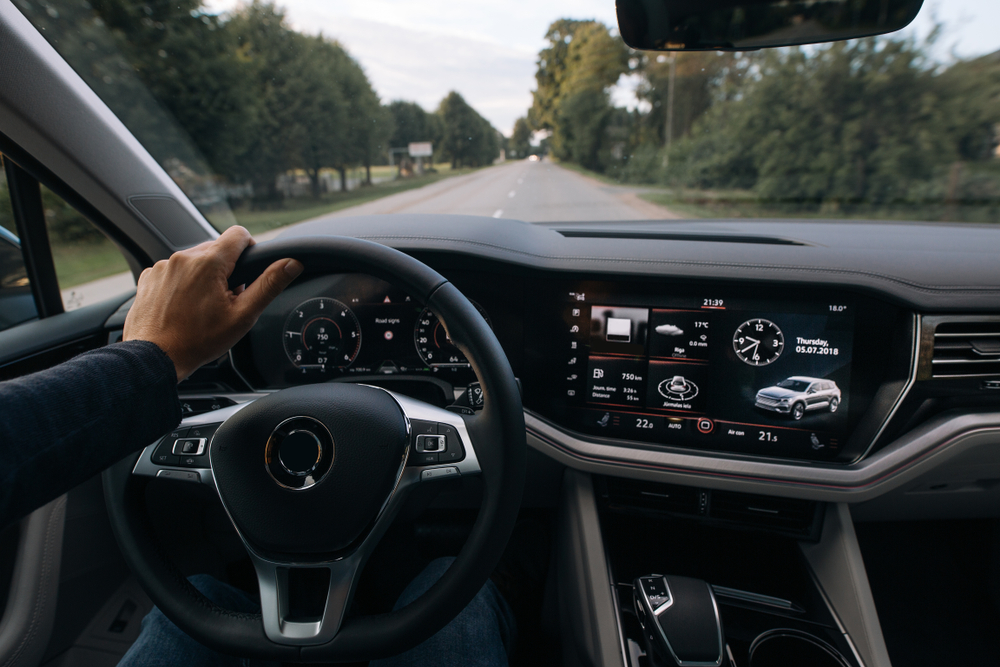
Good visibility is essential for safe driving. Ensure that the windshield, rear window, and side mirrors provide a clear view of the road and surroundings. Blind spots should be minimal, and some cars offer advanced features like blind-spot monitoring or rearview cameras to enhance visibility, which is worth checking during a test drive.
Acceleration
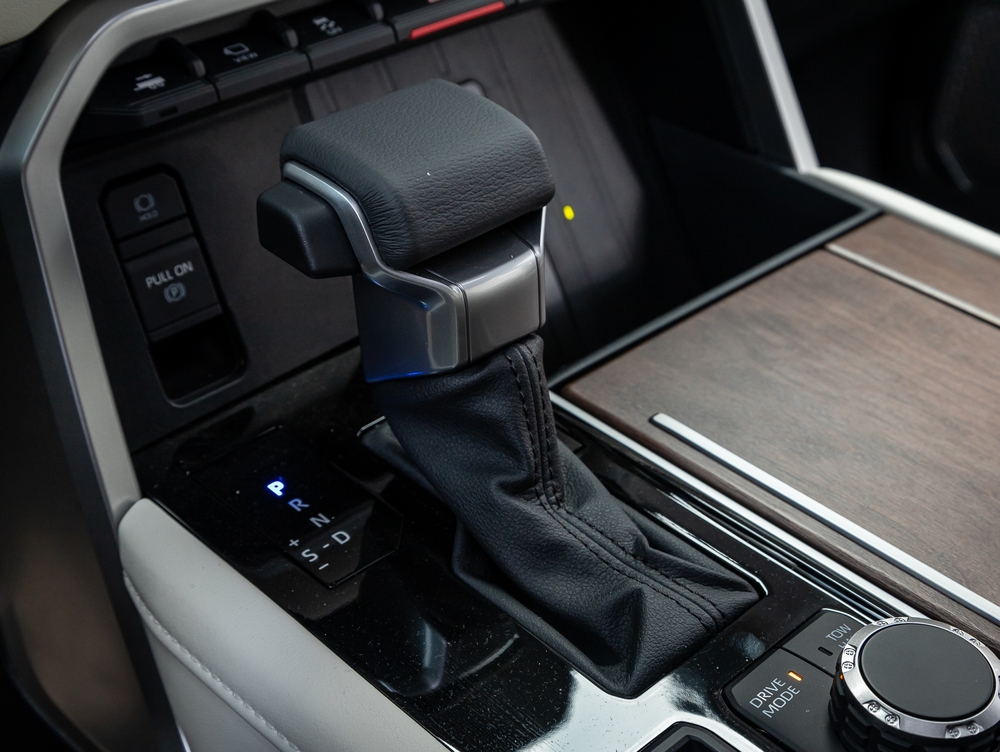
Acceleration is important for merging onto highways and overtaking other vehicles. Test how the car responds when you press the gas pedal, especially in situations where quick speed changes are necessary. Smooth, responsive acceleration without lag can indicate a well-tuned engine and transmission.
Braking
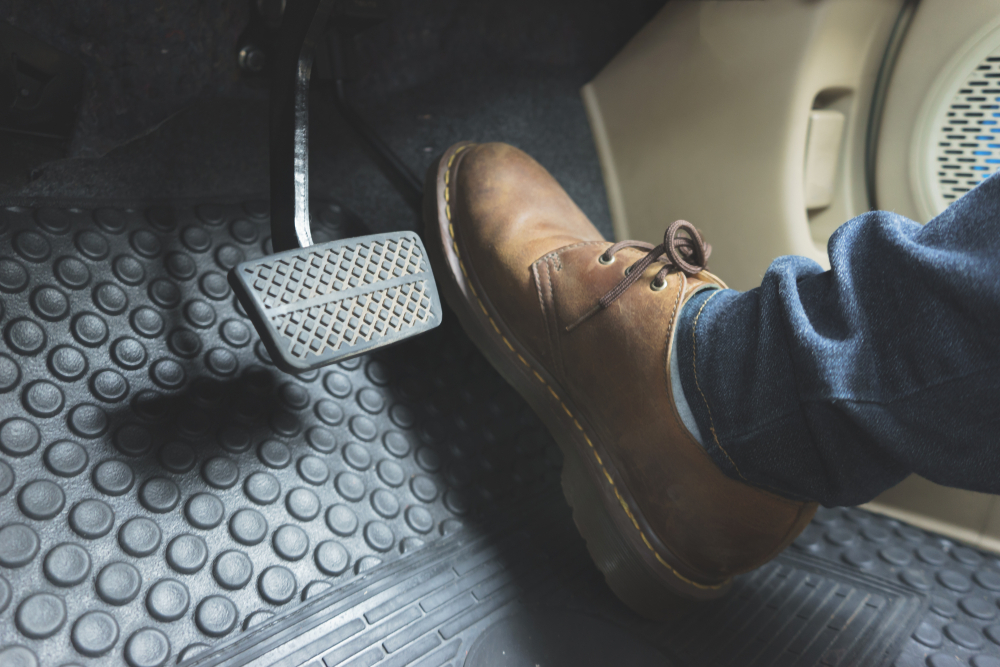
Reliable braking can be the difference between safety and danger. Test the brake responsiveness at various speeds to assess how well the car stops in different conditions. Anti-lock braking systems (ABS) and electronic brake distribution are common features that improve safety and should be tested.
Steering Response

Steering should be precise and responsive. A car that feels sluggish or unresponsive to steering input may not handle well in tight situations. Test the steering in both city and highway settings to gauge its effectiveness, and ensure the power steering is working smoothly.
Suspension
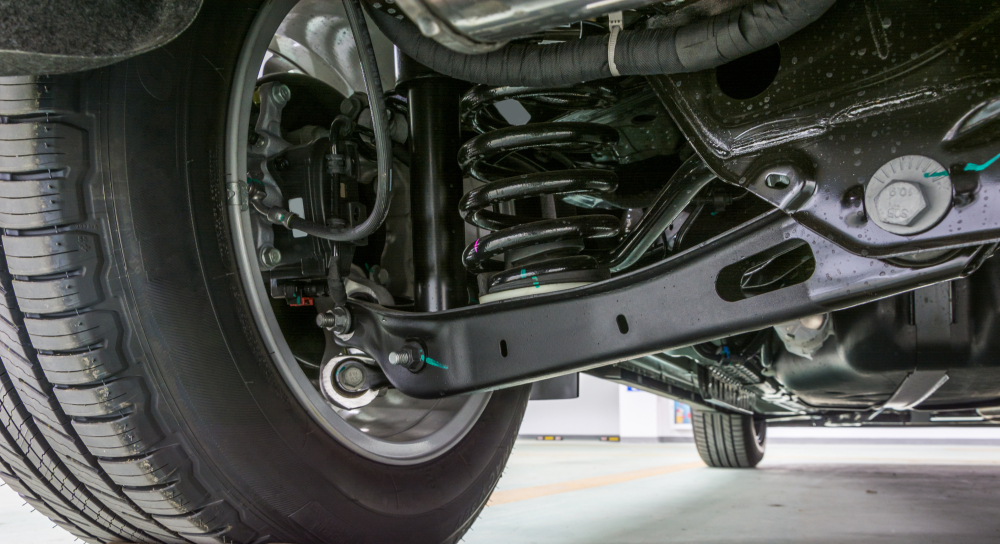
The car’s suspension system determines how it handles bumps, potholes, and uneven roads. A good suspension should absorb shocks without making the ride uncomfortable. Test the car on different types of road surfaces to see how it handles and if it maintains stability and comfort.
Engine Noise
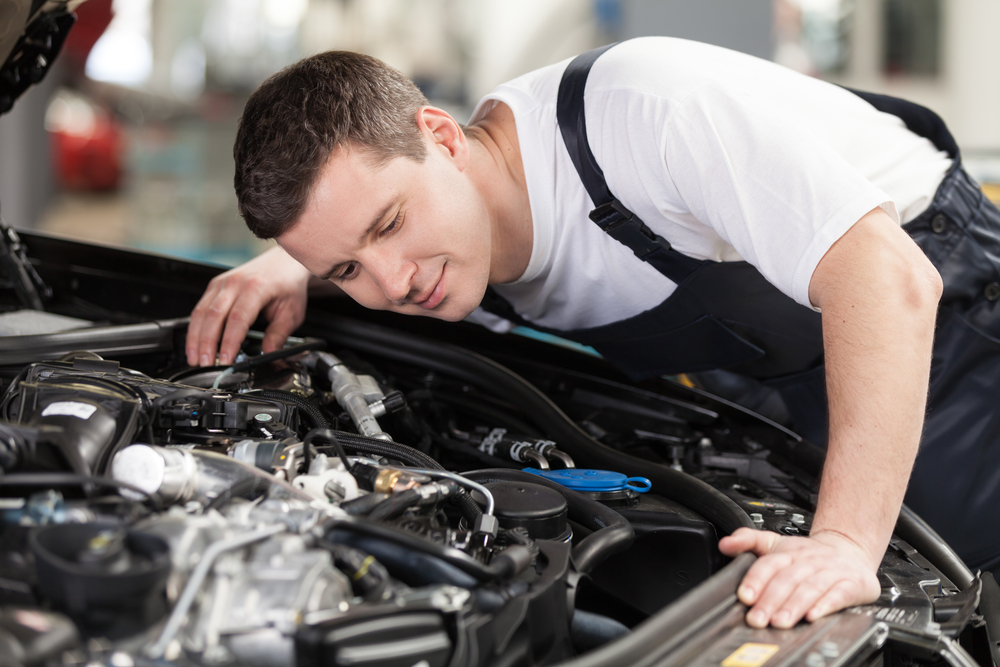
Excessive engine noise can be a sign of mechanical issues or poor soundproofing. Listen for strange sounds like rattling, knocking, or whining during acceleration or idling. A well-maintained engine should hum quietly and perform smoothly without disturbing the cabin.
Interior Noise Levels
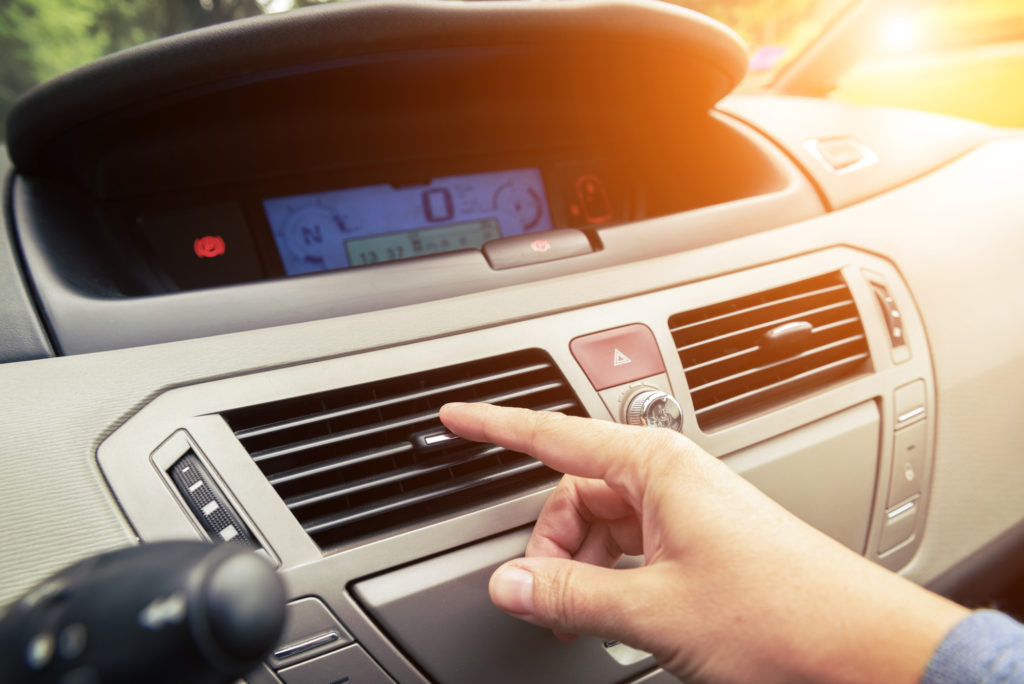
A noisy interior can make long drives exhausting. Pay attention to how much road, wind, or engine noise enters the cabin. Cars with good sound insulation will offer a quieter, more enjoyable driving experience, and this is particularly important if you frequently drive on highways.
Technology Features
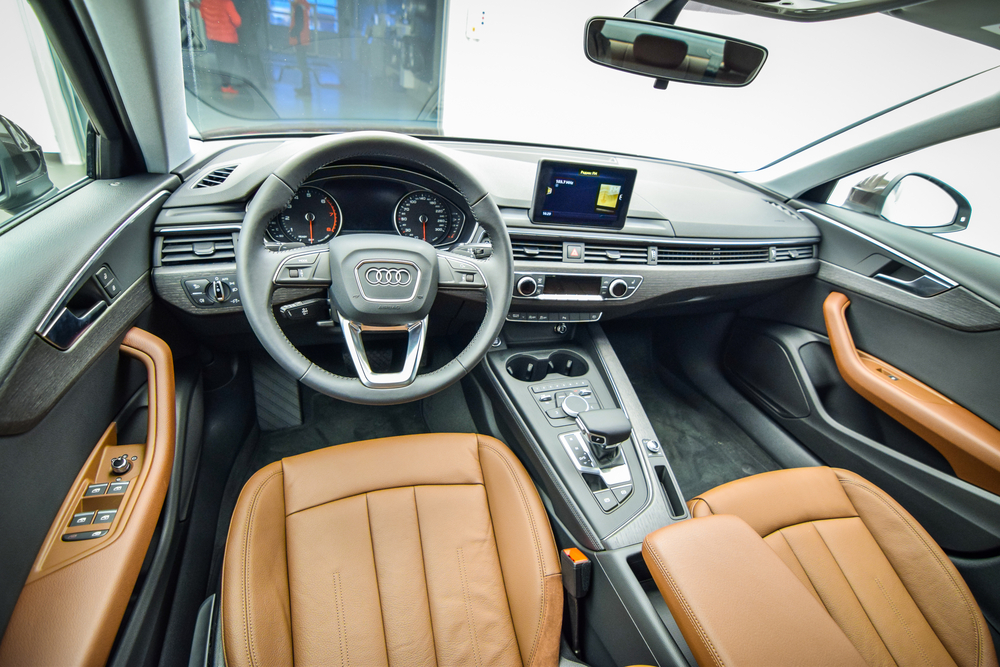
Modern cars come equipped with advanced tech features like touchscreen infotainment systems, smartphone connectivity, and navigation. Test how intuitive and responsive these systems are. Check the integration of Apple CarPlay, Android Auto, and whether the system supports voice commands.
Climate Control
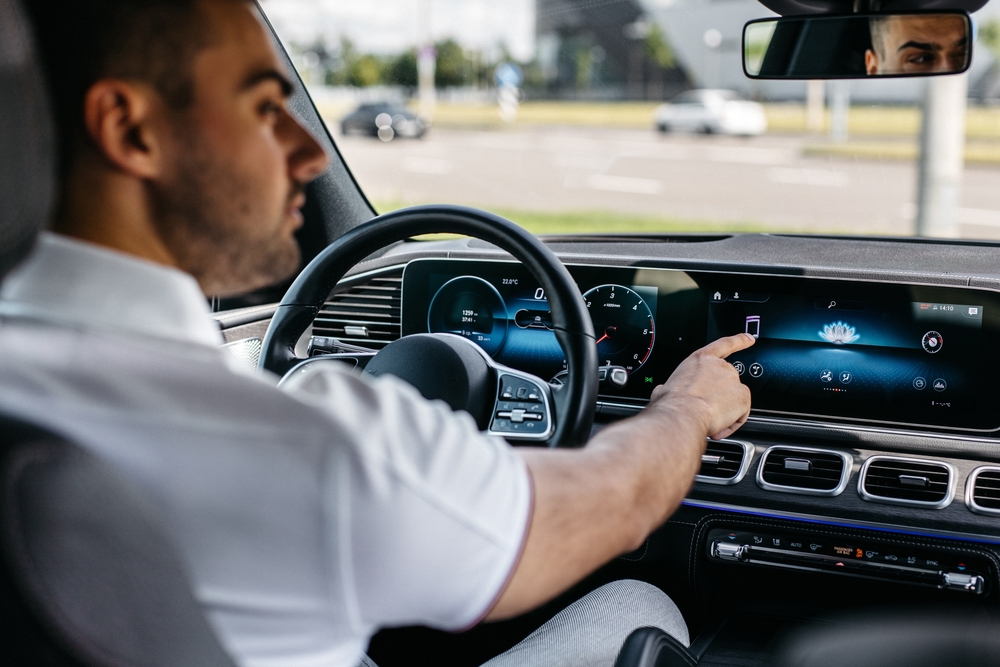
Efficient climate control systems are key for comfort. Test both the air conditioning and heating systems to ensure they can quickly adjust the cabin temperature. Features like dual-zone or tri-zone climate control are valuable for providing personalized comfort to all passengers.
Transmission Performance
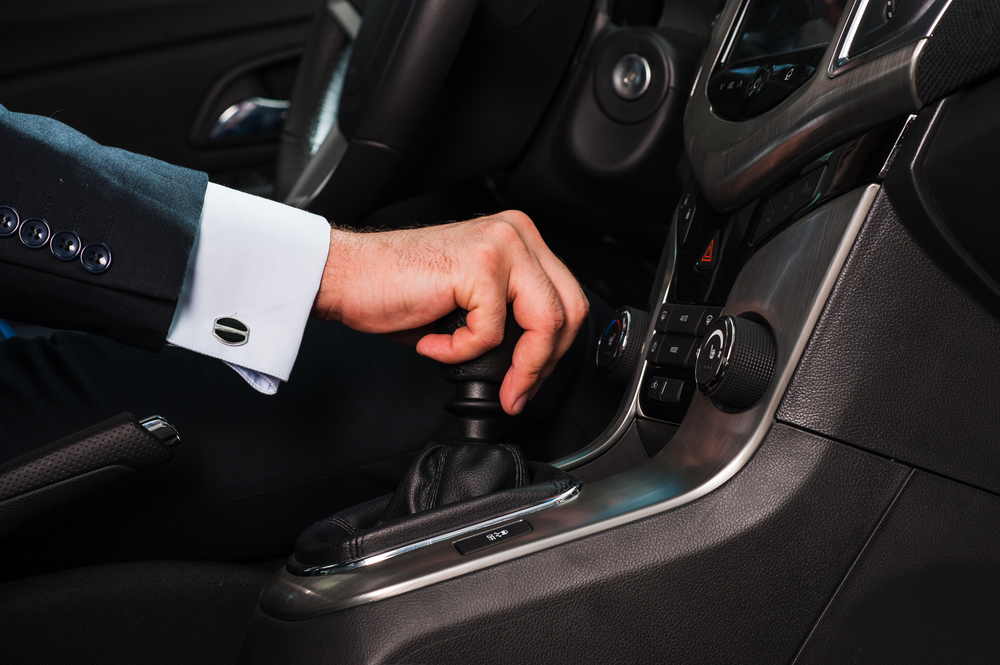
A smooth-shifting transmission is essential for a pleasant driving experience. Test the car in both automatic and manual modes, if applicable, and observe how smoothly the gears shift. Delays or jerky transitions may indicate issues with the transmission system.
Ride Quality

Ride comfort is an important factor, especially if you plan to spend long hours in the car. A good ride will feel smooth and balanced without being too stiff or too bouncy. Test the car on both smooth highways and uneven roads to evaluate its ride quality in different conditions.
Driver Assistance Features

Many cars now come equipped with advanced safety features, such as adaptive cruise control, lane-keeping assist, and automatic emergency braking. Test these features to ensure they work seamlessly and improve safety without being overly intrusive.
Interior Space
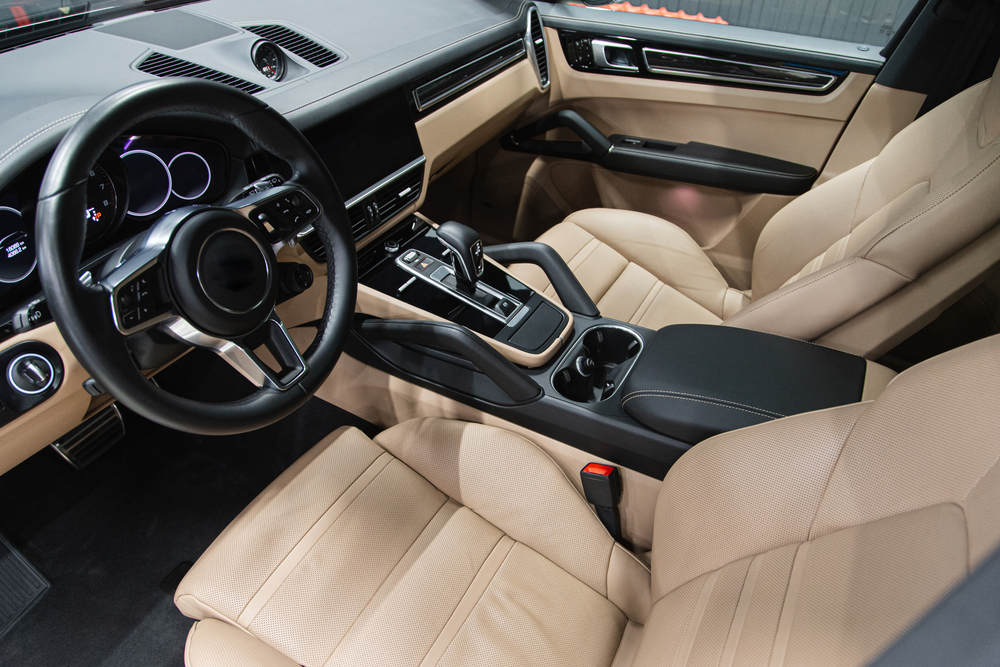
Ample headroom, legroom, and shoulder space can make a big difference, especially for taller drivers and passengers. During the test drive, sit in both the front and back seats to check for comfort and space. Cars with adjustable rear seats can offer more flexibility for passengers.
Cargo Space

If you frequently carry luggage or other large items, cargo space is essential. Check how easily the trunk opens, how much it can hold, and whether the rear seats fold down to expand space. Some cars offer power-operated tailgates for added convenience.
Fuel Efficiency
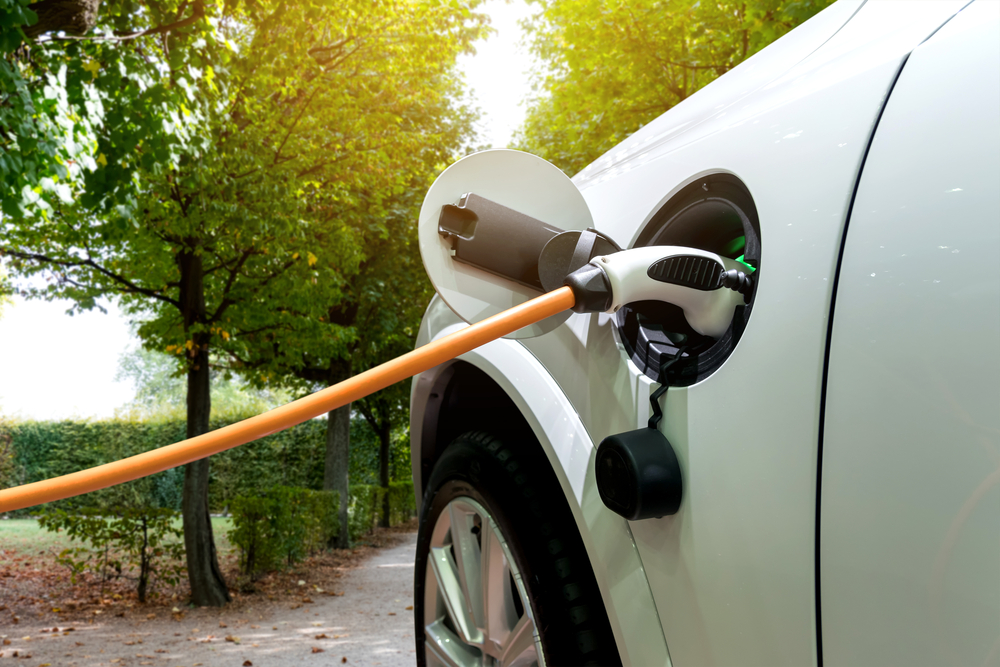
Fuel economy can significantly impact the long-term cost of ownership. Pay attention to the car’s real-world fuel consumption during the test drive, especially in city and highway settings. Many cars now offer hybrid or electric options, which can provide substantial savings on fuel.
Tire Grip and Condition
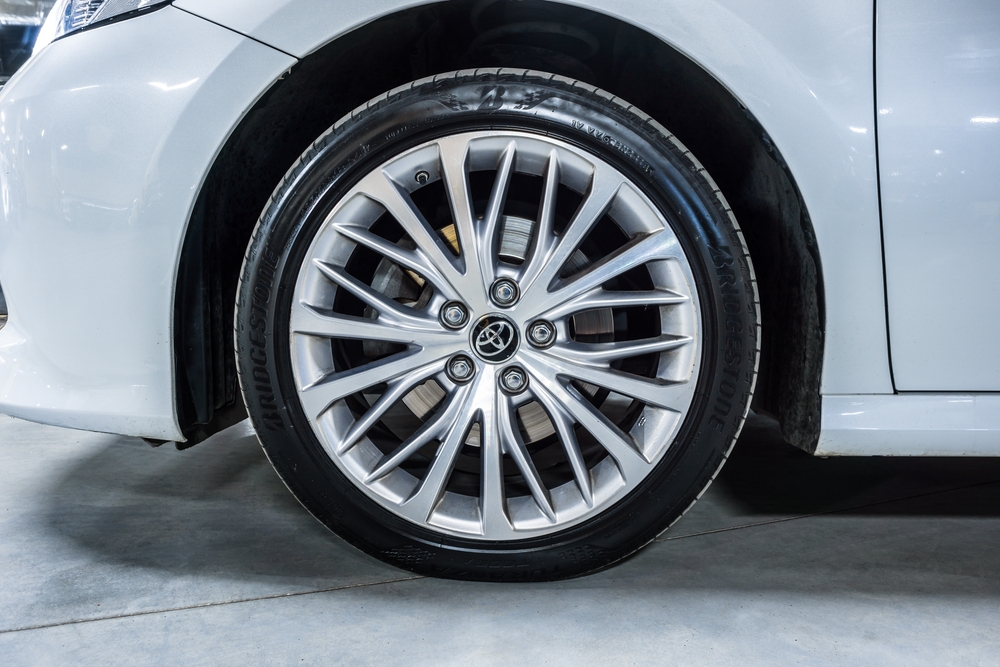
Tires are a crucial part of the driving experience. During the test drive, notice how well the tires grip the road, especially during acceleration and braking. Tires in good condition should offer smooth handling, while worn tires may feel unstable or unresponsive.
Entertainment System

A good entertainment system can make long drives more enjoyable. Test the sound quality of the car’s speakers, connectivity options like Bluetooth or USB ports, and how easily you can switch between media. Some cars offer premium audio systems, like Bose or Harman Kardon, which are worth exploring.
Dashboard Layout
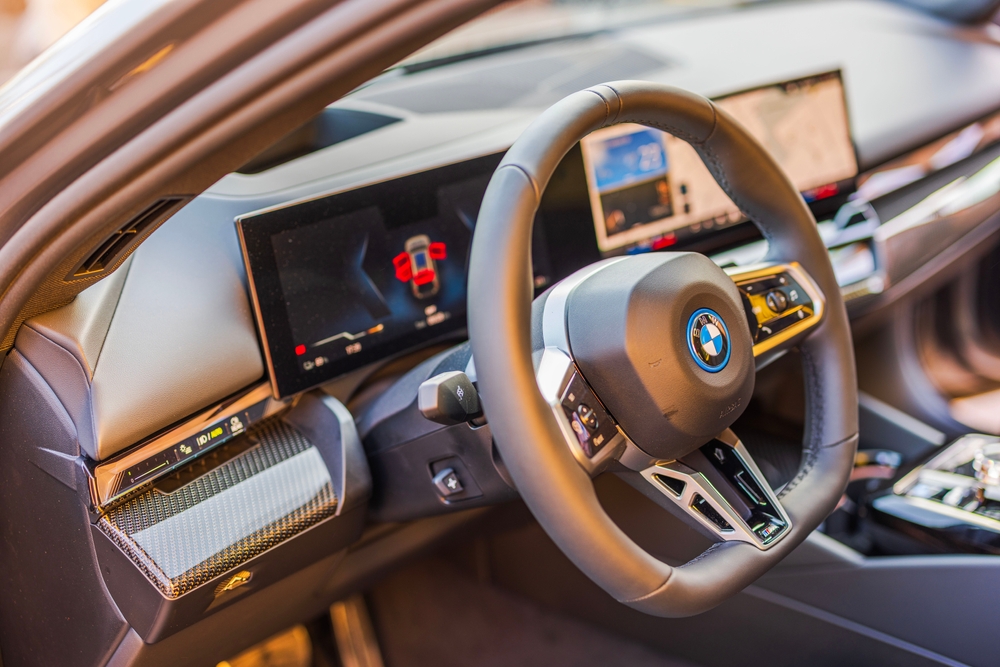
A user-friendly dashboard can reduce distractions while driving. Check how easy it is to access controls for climate, audio, and other functions. Digital displays should be easy to read, and the arrangement of buttons should be intuitive.
Parking Assistance
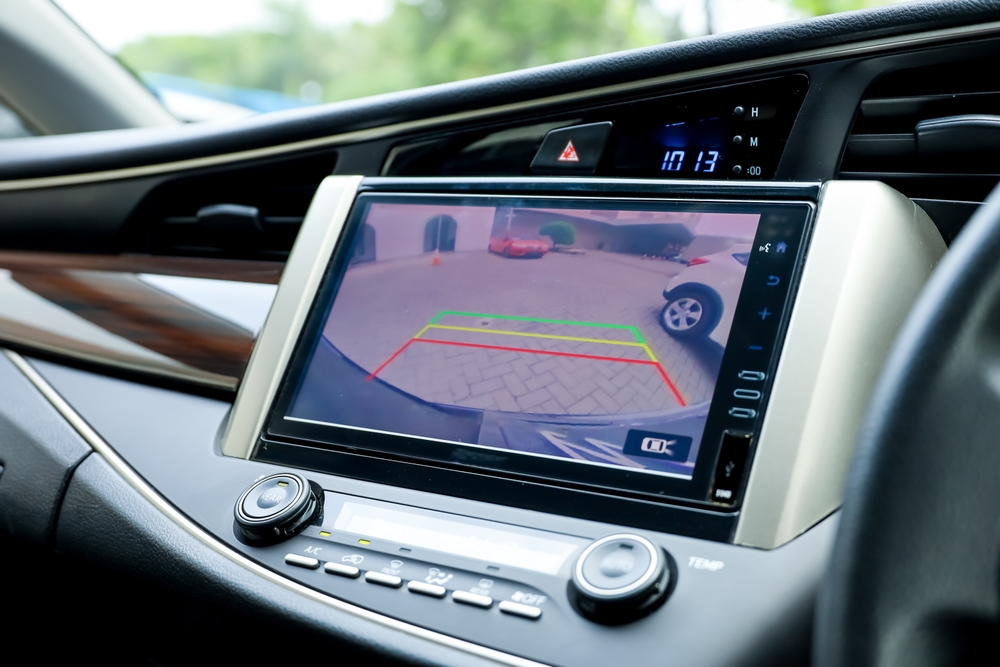
Parking sensors, cameras, or automated parking systems can make parking much easier, especially in tight spots. Test the accuracy and responsiveness of these features during your test drive. Backup cameras should provide a clear view with minimal delay.
This article originally appeared in MyCarMakesNoise.
More from MyCarMakesNoise
19 Underrated Electric Vehicles You Should Know About

Electric vehicles (EVs) are becoming increasingly popular, but many excellent models fly under the radar. This article highlights 19 underrated electric vehicles that deserve more attention. Read More
12 Collectible Muscle Cars That Have Decreased in Value

Collectible muscle cars often evoke images of power, speed, and classic American engineering. However, not all of these iconic vehicles have retained their value over the years. Read More
15 Misconceptions About Classic Cars You Shouldn’t Believe

Classic cars have a timeless appeal, capturing the imagination of enthusiasts and collectors alike. However, along with their charm comes a host of myths that often cloud the reality of owning, restoring, and driving these vintage beauties. Read More














